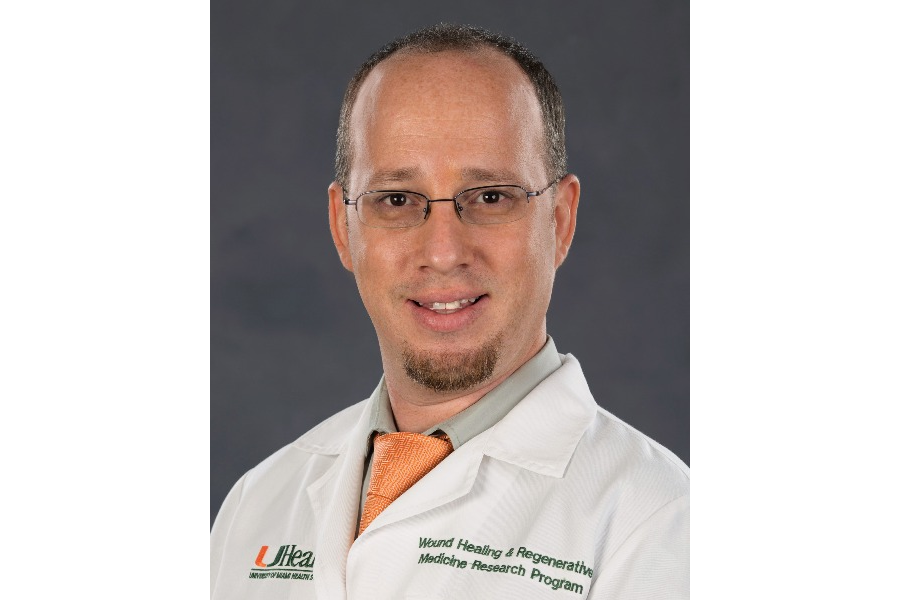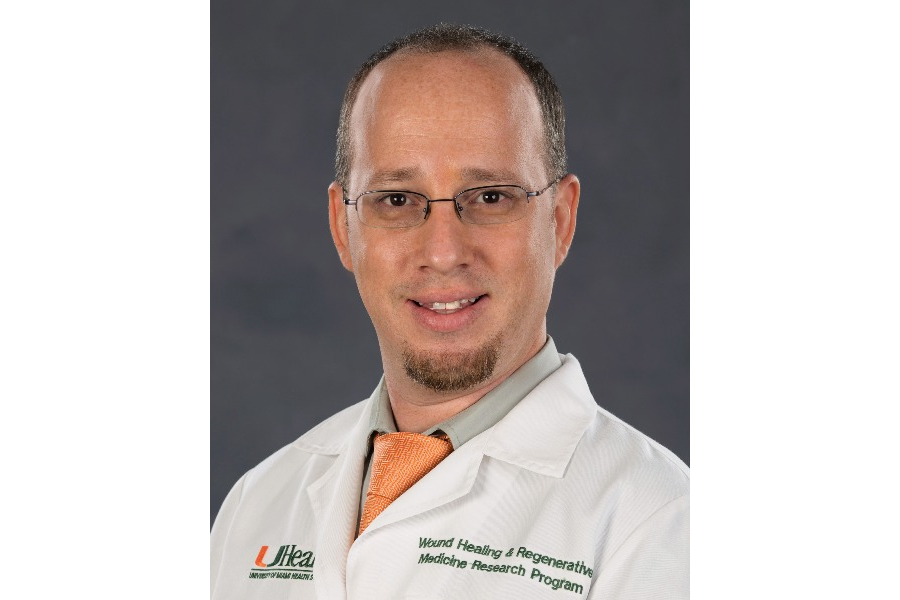Wound Assessment and Staging: Frequently Asked Questions
September 11, 2020
By Samantha Kuplicki, MSN, APRN-CNS, AGCNS-BC, CWCN-AP, CWS, RNFA
Editor's Note: On April 2, 2020, WoundSource hosted its first ever virtual conference, WoundCon Spring 2020. The conference hosted 13 CME/CE accredited sessions that were attended by over 6,000 health care professionals around the world. The response was so enthusiastic, we asked some of our speakers to answer the most frequently asked questions on their subjects. This is the second blog of a 13-part series; access the full series here.
If a patient requests to wear TED hose daily, what suggestions do you have for preventing an ulcer from developing?
TED (thromboembolic deterrent) hose are indicated, as the name references, to be thromboembolic deterrent devices. These are meant to be worn for specific conditions and typically are prescribed for patients who are supine and require deep vein thrombosis prophylaxis. TED hose are not indicated for treatment of chronic lower extremity edema such as that caused by chronic venous insufficiency. Having said that, it is prudent to remove any type of device from the lower extremity at regular intervals to examine for any medical device–related pressure injury.
It is best to refer to facility policy for this information. If this is not available, it is recommended that a team of clinicians and facility stakeholders convene to review current evidence and determine what is most applicable to the specific patient population. One comprehensive resource considered to be an international standard for prevention and treatment of pressure injuries related to the use of medical devices that may aid in this decision-making process is The Prevention and Treatment of Pressure Ulcers: Clinical Practice Guidelines, developed jointly by NPIAP, EPUAP, and PPPIA. This document recommends inspecting the skin surrounding and under any medical device at least twice daily for signs of pressure-related injury.
Should pain management interventions be put in place before debriding a venous ulcer?
Without question, yes. Any comprehensive wound treatment plan must include a thorough pain assessment, accounting for cyclical and non-cyclical pain sources. This will best guide interventions based on patient’s unique history, which can potentially include complicating factors such as complex personal pain management secondary to chronic pain, inability to tolerate specific interventions because of existing comorbid conditions, limited financial or social resources, etc. Multimodal pain management is standard of care, using the least invasive options and beginning pharmacologic therapy with the lowest necessary dosage possible.
Want to learn more about wound staging and assessment? Gain full access to the WoundCon Spring sessions and earn CE/CME credit at WoundSource Academy
Any recommendations on surgical silver dressings? I see physicians apply them and recommend continuing use and others applying once for 7 days and then removing or changing to a gauze dressing.
There is, unfortunately, a paucity of evidence regarding the efficacy of specific antimicrobial dressing use in vivo. We do know that these dressings are useful as part of a systemic plan of care in clinically infected wounds, but they are not to be used in isolation to treat clinical infection. Any treatment plan should include goals of care, and these goals should be reviewed at each assessment. If an antimicrobial dressing is part of this plan, a discontinuation date should be included. The article cited below from Wounds International suggests 14 to 21 days, or when the wound condition improves and clinical signs of infection resolve. Best practice is to draw on available literature for the specific wound etiology being treated, as well as observing local protocols applicable to the specific patient population.
About The Author
Samantha Kuplicki is an Advanced Practice Registered Nurse and Board-Certified Clinical Nurse Specialist in Adult Gerontology. Additionally, Samantha is dual board certified in Wound Care by both the American Board of Wound Management as a Certified Wound Specialist (CWS) and by the Wound, Ostomy and Continence Nursing Certification Board as an Advanced Practice Certified Wound Care Nurse (CWCN-AP). She is also an RNFA (Registered Nurse First Assistant in Surgery), which provides a unique perspective and allows for further participation in the wound care continuum. Samantha earned her Bachelor of Science degree in nursing in 2010 and her Masters Degree in nursing in 2016, both from the University of Oklahoma Health Sciences Center. Samantha is active in the Wound Care industry, serving as a clinical consultant and subject matter expert, in addition to contributing educational content to various industry.
The views and opinions expressed in this content are solely those of the contributor, and do not represent the views of WoundSource, HMP Global, its affiliates, or subsidiary companies.











